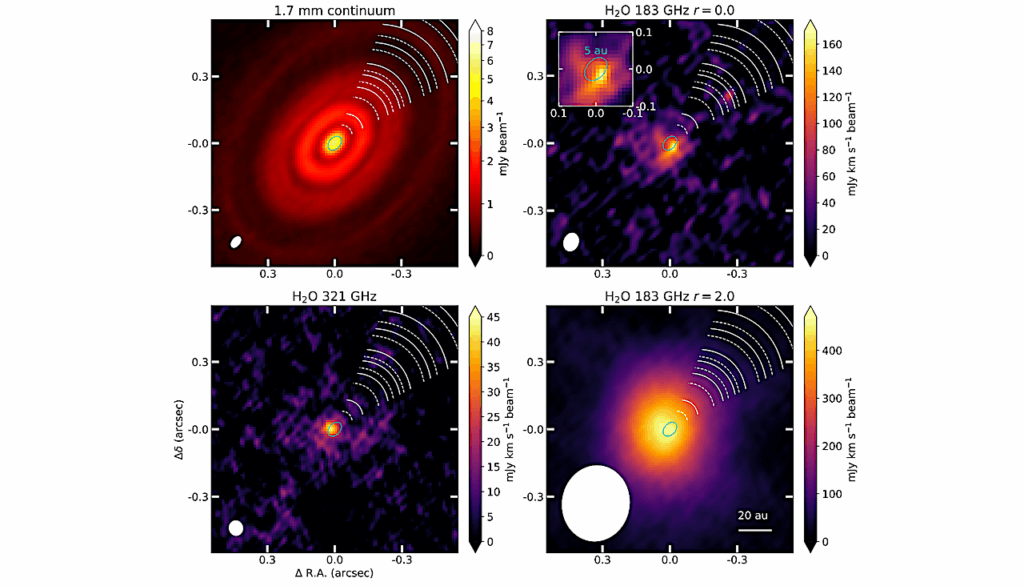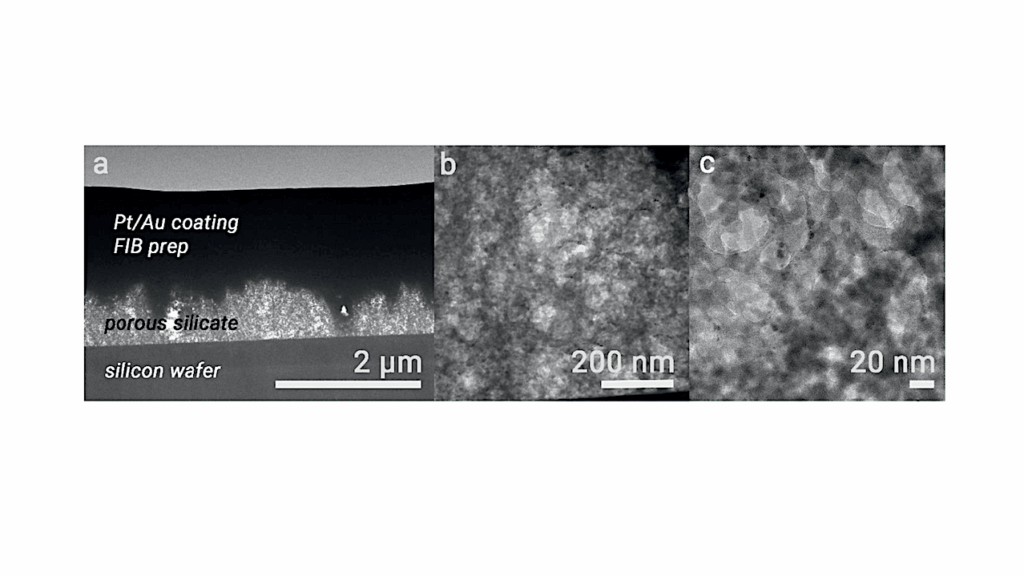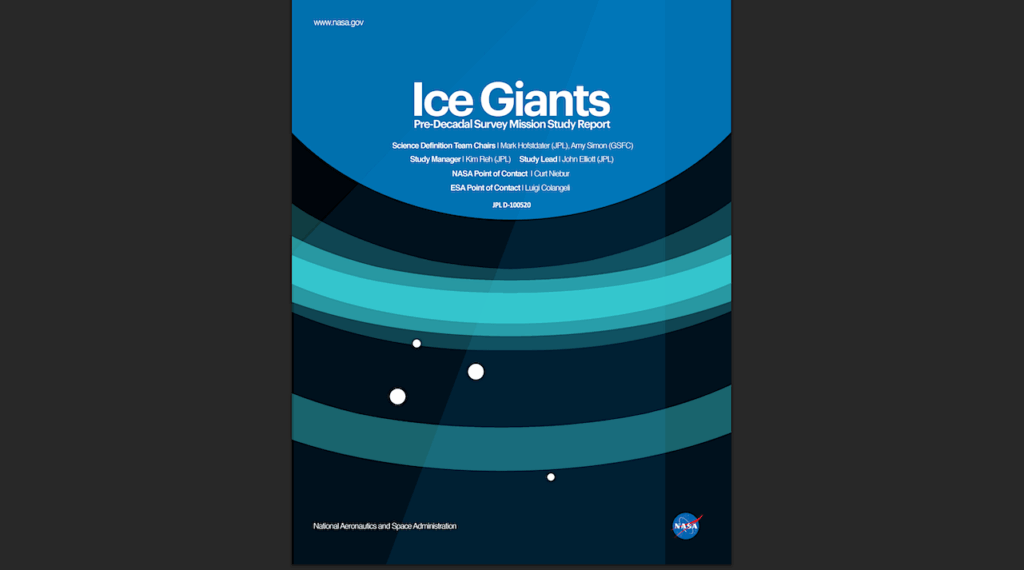Detection of Carbon Monoxide’s 4.6 Micron Fundamental Band Structure In WASP-39b’s Atmosphere With JWST NIRSpec G395H

Carbon monoxide (CO) is predicted to be the dominant carbon-bearing molecule in giant planet atmospheres, and, along with water, is important for discerning the oxygen and therefore carbon-to-oxygen ratio of these planets.
The fundamental absorption mode of CO has a broad double-branched structure composed of many individual absorption lines from 4.3 to 5.1 μm, which can now be spectroscopically measured with JWST. Here we present a technique for detecting the rotational sub-band structure of CO at medium resolution with the NIRSpec G395H instrument.
We use a single transit observation of the hot Jupiter WASP-39b from the JWST Transiting Exoplanet Community Early Release Science (JTEC ERS) program at the native resolution of the instrument (R∼2700) to resolve the CO absorption structure. We robustly detect absorption by CO, with an increase in transit depth of 264 ± 68 ppm, in agreement with the predicted CO contribution from the best-fit model at low resolution.
This detection confirms our theoretical expectations that CO is the dominant carbon-bearing molecule in WASP-39b’s atmosphere, and further supports the conclusions of low C/O and super-solar metallicities presented in the JTEC ERS papers for WASP-39b.
David Grant, Joshua D. Lothringer, Hannah R. Wakeford, Munazza K. Alam, Lili Alderson, Jacob L. Bean, Björn Benneke, Jean-Michel Désert, Tansu Daylan, Laura Flagg, Renyu Hu, Julie Inglis, James Kirk, Laura Kreidberg, Mercedes López-Morales, Luigi Mancini, Thomas Mikal-Evans, Karan Molaverdikhani, Enric Palle, Benjamin V. Rackham, Seth Redfield, Kevin B. Stevenson, Jeff Valenti, Nicole L. Wallack, Keshav Aggarwal, Eva-Maria Ahrer, Ian J.M. Crossfield, Nicolas Crouzet, Nicolas Iro, Nikolay K. Nikolov, Peter J. Wheatley
Comments: 11 pages, 5 figures, accepted for publication in ApJL
Subjects: Earth and Planetary Astrophysics (astro-ph.EP)
Cite as: arXiv:2304.11994 [astro-ph.EP] (or arXiv:2304.11994v1 [astro-ph.EP] for this version)
Submission history
From: David Grant
[v1] Mon, 24 Apr 2023 10:57:38 UTC (388 KB)
https://arxiv.org/abs/2304.11994
Astrobiology,








